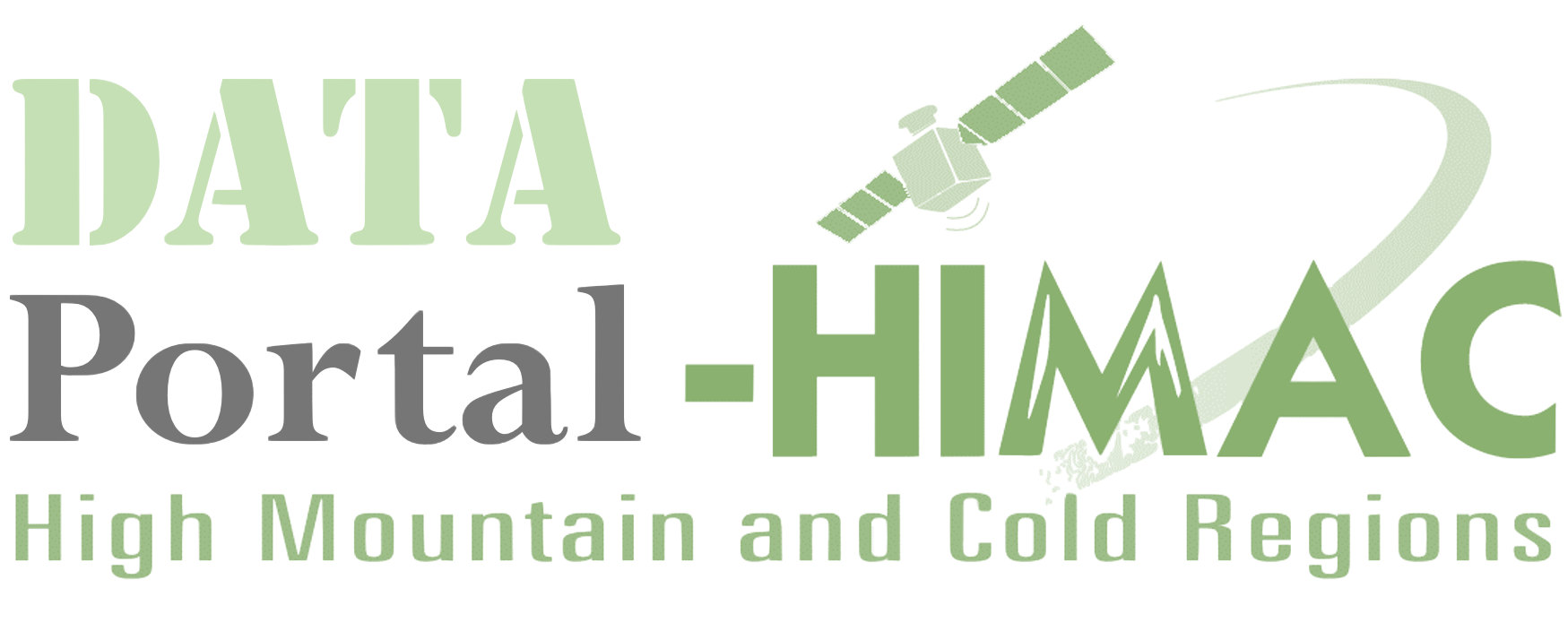Australian Antarctic Data Centre(AADC)
Data and Resources
Additional Info
| Field | Value |
|---|---|
| Source | https://data.aad.gov.au/aadc/biodiversity/ |
| Last Updated | May 26, 2021, 02:21 (UTC) |
| Created | August 31, 2020, 16:00 (UTC) |
| Country | Australian |
| Data Management | The AADC serves as Australia's NADC. It is one of a number of Antarctic NADCs whose data publication activities are internationally coordinated via the SCAR Standing Committee on Antarctic Data Management (SCADM). SCAR (http://www.scar.org) plays a key role in bringing together large international and inter-disciplinary Antarctic and Southern Ocean research programs. SCADM is SCAR's data management arm and has 25 member states, providing a forum for Antarctic data managers to collaborate on data management and international scientific data exchange issues. SCAR has its own data policy (see http://www.scar.org/scar_media/documents/scadm/SCAR_39_DataPolicy.pdf) with which this policy is consistent. All SCAR-endorsed Projects should be required to prepare a Data Management Planwhich outlines how any data captured, modelled or acquired will be managed both during the life of the project and beyond. All Data Management Plans should articulate the resources required to implement the plan and outline where data will be hosted for long-term curation A Data Management Plan template is attached to the SCAR Data and Information Strategy, which demonstrates the types of issues to be considered in such a Plan (see SCAR DIMS Appendix 2). |
| Data Policy | All data and samples collected under the Australian Antarctic Program (AAp) remain the property of the Commonwealth of Australia. This excludes samples collected from Macquarie Island which are the property of the Tasmanian Government. It is the role of AAp Chief Investigators to ensure that all data and samples generated as part of their research are adequately managed for long-term re-use. This generally involves ensuring from the outset that all data/samples are adequately documented with metadata and that arrangements are made for data to be deposited with the Australian Antarctic Data Centre (AADC). Alternative long-term repositories will be considered to host data but this will require a due diligence check of the nominated repository by the AADC. The submission of a data management plan is a mandatory first milestone for all AAp projects (with a few minor exceptions where medical ethics prevents full compliance with this policy). Appropriate metadata must be created in the AADC's metadata system (CAASM) to describe any captured data and all data must be submitted to the AADC, or an approved long-term repository, by a project's end date. Progress towards completion of metadata and submission of all datasets will be monitored through the AADC on-line MyScience application (http://data.aad.gov.au/aadc/projects/). Completion of metadata involves ensuring that the metadata documentation accurately describes the final state of the data, as it is progressively worked up through the project. Note that all metadata records are made public after initial moderation and should be available from an early point in the project's execution. Unless there are extenuating circumstances, data submitted to the AADC will be made public, usually after a suitable embargo period. Extenuating circumstances preventing timely publication of data must be presented to the AADC Manager. |
| Data Sharing Principle | When the AADC makes data public from its Web site, the data (through bundled metadata) will carry a Creative Commons license. This license will stipulate how the data custodian is to be credited for collecting (or being the source of) the data. Whilst the AADC will supply a default template for citation requiring acknowledgement of the data custodian as the data originator, the data custodian can negotiate with the AADC on how they wish to be cited. Where requested, the AADC will also undertake to forward data to other agencies, institutions, World Data Centres or scientific data networks. The AADC routinely publishes by default to a variety of public, global data networks to gain greater exposure for hosted datasets and as a way of participating in global in scale, data product development. |
